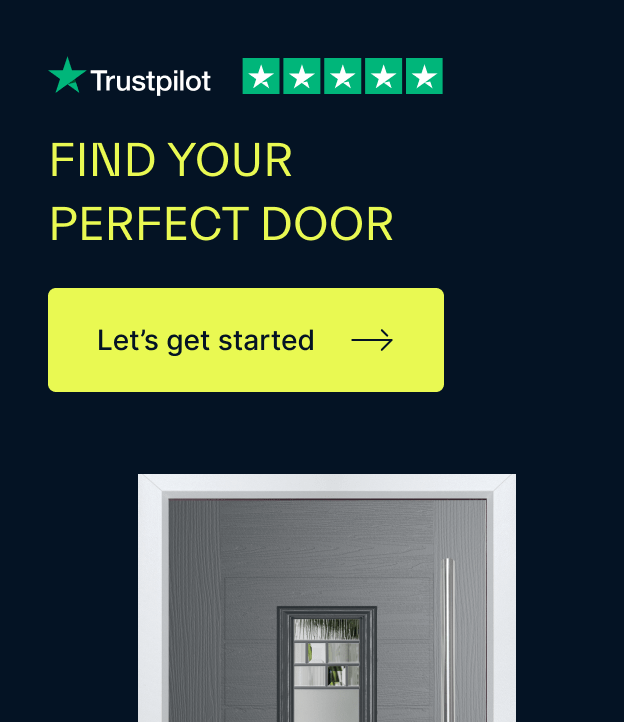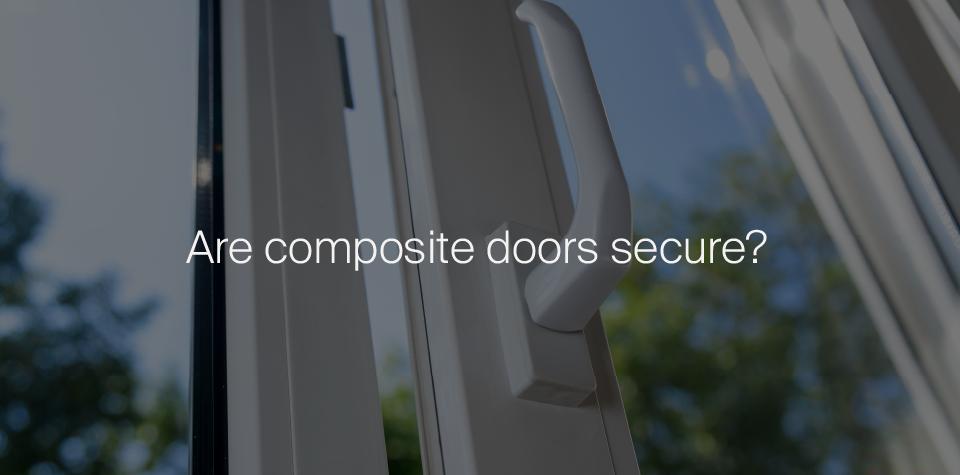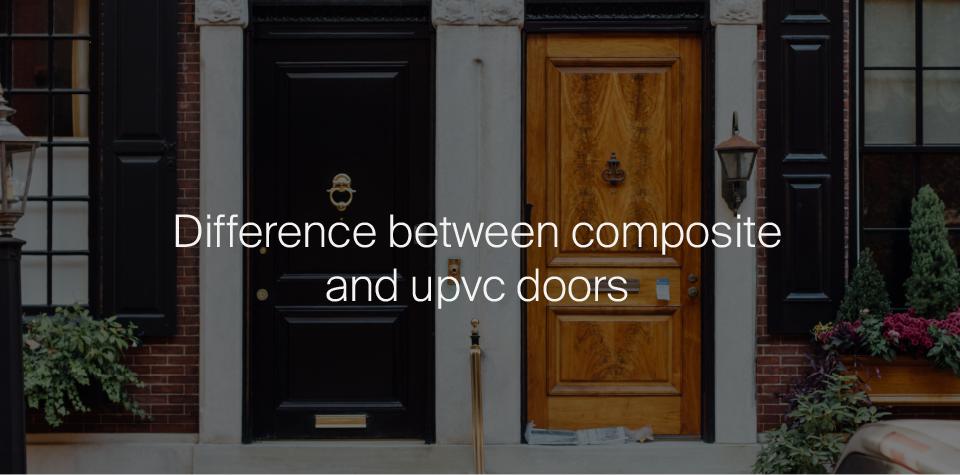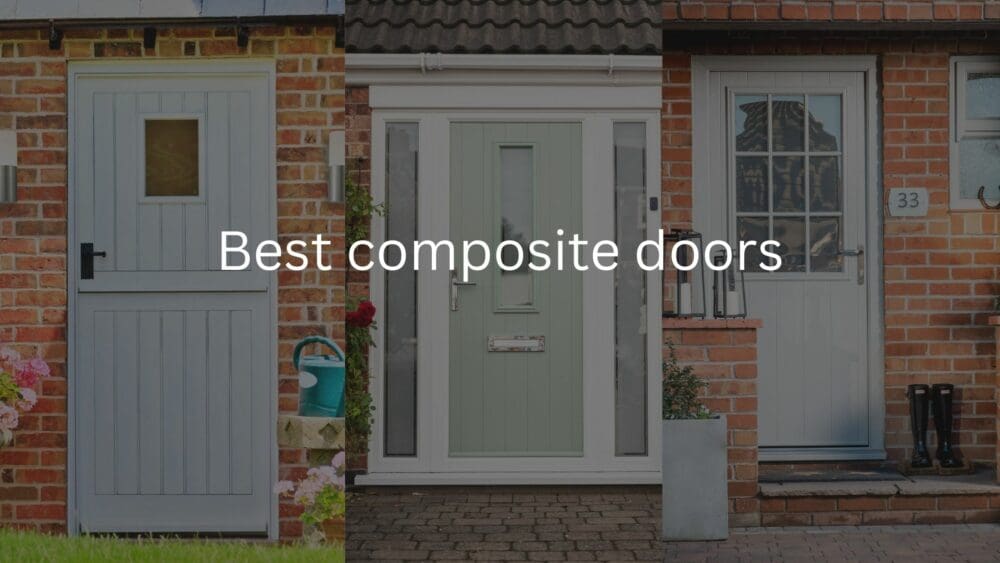Choosing a new front door involves balancing security, energy efficiency, and style — but protecting your home should always come first. A secure composite door doesn’t just keep intruders out; it gives families lasting peace of mind.
Composite doors are the UK’s leading option for home security in 2025. Built with reinforced materials, multi-point locking systems, and certified anti-snap locks, they are far stronger and more burglar-resistant than uPVC or wooden doors.
Composite doors also deliver top energy efficiency, stylish design choices, and require minimal maintenance, making them the go-to choice for homeowners who want maximum protection with modern curb appeal.
Why Composite Doors Lead in Home Security
Modern composite doors combine innovation and strength in one durable package. Built with a solid timber or polyurethane core, reinforced uPVC layers, and a tough GRP (Glass Reinforced Plastic) exterior, they’re far stronger than traditional wooden or uPVC alternatives. This multi-layered construction prevents flexing, cracking, or weakening — common issues that burglars exploit.
According to UK police data, over 70 % of break-ins occur through the front door, so having a high-performance security system matters. The good news is that every UK Composite Door is engineered with premium components proven to block forceful entry attempts.
Key Composite Door Security Features
A quality composite door is more than a strong core — it’s an integrated system of materials, locks, and hardware built to stop intruders. Here’s what sets them apart:
1. Multi‑Point Locking Systems
Multiple locking points engage simultaneously when the door is locked, distributing pressure evenly across the frame to resist prying or levering attacks.
2. Diamond‑Grade ABS Locks
All composite doors from UK Composite Doors include Sold Secure Diamond‑grade ABS cylinders. These advanced locks resist picking, bumping, drilling, and snapping — the four most common burglary techniques. If attacked, Active Snap Protection triggers to isolate the cam and keep your interior secure.
Unlike some doors, which use dual snap zones, these locks use exterior‑only protection — meaning the internal mechanism stays intact, so you can still open and close the door safely.
3. Reinforced Frames
Composite doors are built with steel‑reinforced hinges and uPVC outer frames, helping them withstand significant force compared to timber or aluminium alternatives.
For even more strength, you can upgrade to anti‑tamper handles, hinge bolts, or a door chain like this door restrictor or chain option for improved nighttime safety.
4. Certified Protection
Look for models that carry PAS 24 and Secured by Design certifications. These UK Police‑approved standards confirm your door meets strict tests for impact, cutting, and hinge manipulation.
How to Make a Composite Door Even More Secure
Even with industry‑leading construction, there are simple upgrades that enhance peace of mind:
-
Upgrade to Smart Security – Add a smart doorbell system for real‑time visitor monitoring and alerts. They act as visual deterrents and help you communicate with delivery drivers or unexpected guests remotely.
-
Reinforce your letterbox – Fit an interior letterbox draught excluder to block tool access and prevent key fishing.
-
Install a Spy Hole – A simple visual feature that lets you safely check who’s knocking.
-
Regular Maintenance – Keep locks lubricated and hinges clean to maintain consistent security performance.
-
Upgrade Glass Privacy – Choose double or triple glazing with frosted finishes to balance natural light and privacy.
Composite Door Security vs UPVC & Timber Options
| Door Type | Security Strength | Maintenance | Durability (Years) |
|---|---|---|---|
| uPVC Door | Moderate – can warp or flex under pressure | Low | 15–20 |
| Timber Door | Good, but vulnerable to weather and rot | High | 20–25 |
| Composite Door | Excellent – reinforced layers, PAS 24+, anti‑snap locks | Very Low | 30–35 |
In both police tests and real‑world usage, composite doors consistently outperform uPVC and timber models for impact resistance, longevity, and burglar deterrence.
Learn more about problems with composite doors before buying to understand why quality manufacturing matters.
Buying Secure Composite Doors in the UK
Composite front doors like ours combine modern security engineering with unbeatable thermal efficiency. Each model can be customised with bespoke colours and finishes to match your home’s character while shielding against draughts, weather, and intrusions.
All products feature top‑strength materials and installer warranties, ensuring peace of mind for years to come. Visit our blog for maintenance and safety advice designed to keep your entrance performing like new.
FAQs About Composite Door Security
How secure are composite doors?
Very secure. With layered construction, reinforced frames, and multi‑point locks, they’re designed to withstand extreme force and deter intruders.
What does Secured by Design mean?
This UK Police initiative certifies products that meet advanced anti‑break‑in testing standards. Doors carrying this mark exceed the standard PAS 24 specification.
Can all composite doors resist lock snapping?
No. Always check that your model includes ABS anti‑snap locks or equivalent. UK Composite Doors fit these as standard across the range.
How long do composite doors last?
A composite door can last 30–35 years with little maintenance — far longer than typical timber or uPVC models.
Final Thoughts
Investing in a secure composite door means combining elegance, efficiency, and total protection. Reinforced cores, police‑approved locks, and cutting‑edge materials make them one of the soundest home upgrades you can make in 2025.
Explore premium, certified options with UK Composite Doors — designed for lasting security and style across every property type.



